Products >> Razor Barbed Wire >>
Barbed Wire Fencing: An Economical and Secure Choice
- Product No.:20231029161852
Production Process of Barbed Wire:
Raw Materials:
- Barbed wire is mostly made from steel, which combines iron and a bit of carbon.
- For steel, you need iron ore, coke (from coal), and limestone.
- The steel wire is coated with zinc or sometimes aluminum to stop it from rusting.
Making Steel:
- Combine iron ore, coke, and limestone in a blast furnace. This makes pig iron.
- To turn pig iron into steel, remove impurities. The most popular way to do this is using the basic oxygen steel (BOS) process. Pour the steel into molds to form big ingots.
Forming Billets:
3. Heat the steel ingot. Roll it into a bar shape called a billet.
Turning Billets into Wire:
4. Heat the billet again and roll it into a thin round bar called a wire rod. This is coiled up and sent to the wire maker.
- The wire rod needs cleaning. This is done with acid or by using sand, aluminum oxide, or cast-iron shot.
- Coat the wire rod with materials like lime, borax, or phosphate to protect it.
- Pull the wire rod through a hard die to make it even thinner. This is called drawing.
- Heat the wire so it's easy to work with. This is called annealing.
Making Barbed Wire:
9. To protect the wire, it is usually dipped in zinc. This is called galvanizing.
- Use a machine to twist two wires together. Add another wire with sharp points on it. This machine also cuts and spaces the sharp points, which are called barbs. Wind the finished barbed wire onto spools and send it to customers.
Quality Control:
- Test the barbed wire to make sure it's strong and the right size.
- Check the zinc coating to make sure it's thick enough.
This is how barbed wire is made. It is mostly used for farming, but sometimes for security or in wars. There are strict standards to make sure barbed wire is good quality.
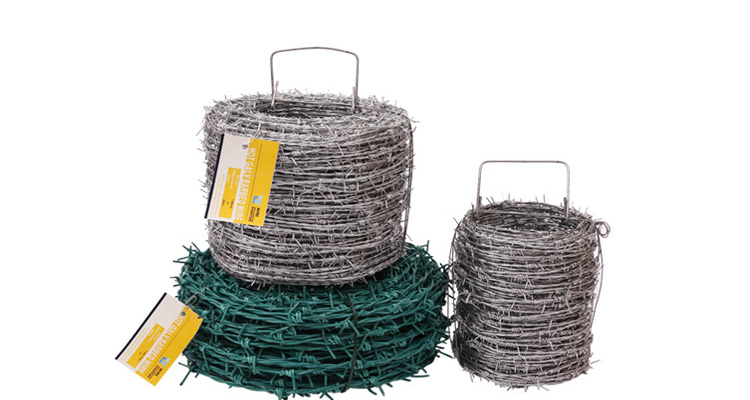
Uses of Barbed Wire
1. For Army and Keeping Places Safe: Many countries use this wire a lot for their army. You can see them around jails, government places, and other very safe places.
2. On Farms and For Animals: Farmers use this wire to show where their land is and to keep their animals in. The wire stops animals from walking away and keeps away animals that might harm them.
3. Houses and Personal Places: Nowadays, many people put this wire around their homes to keep safe. The sharp bits on the wire stop strangers from coming in.
4. Roads and Train Tracks: You can also see this wire near big roads and train tracks. It's there to keep people safe and to stop them from walking where they shouldn't.
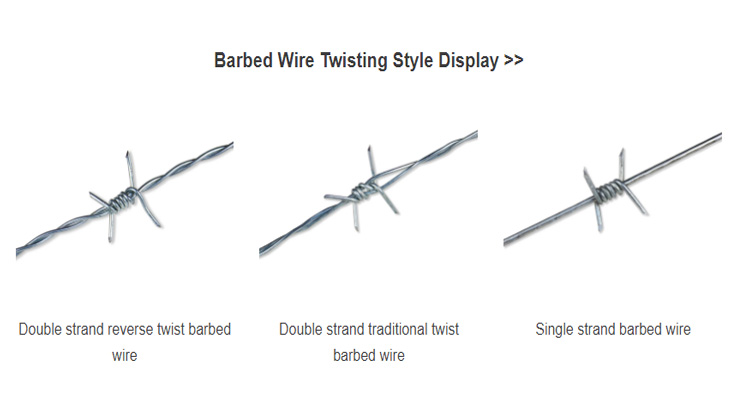
Benefits of Barbed Wire
-
Cost-Effective: Barbed wire requires less raw material compared to other fencing products. This makes it an economical choice for large-scale deployments.
-
Deterrent to Intruders: The sharp-edged barbs discourage intruders and thieves from attempting to climb or tamper with the fence.
-
Longevity: With treatments like hot-dip galvanizing and PVC coating, barbed wire becomes more resistant to rust and corrosion, ensuring it lasts longer even in adverse environments.
-
Versatile: The wire is available in various styles, such as double twisted, single strand, PVC coated, and more. This variety allows users to choose the best fit for their specific requirements.
 Galvanized barbed wire
|
 PVC coated barbed wire
|
Specifications Barbed Wire
| Feature | Details |
|---|---|
| Material | High-quality low carbon steel wire, stainless steel wire, medium carbon steel wire |
| Surface Treatment | Galvanized or PVC coated |
| Common PVC Colors | Green, yellow, blue, red, white, black |
| Line Wire Thickness | #12, #12½, #13, #13½, #14, #14½, #15, #15½ (in B.W.G.) |
| Barb Wire Thickness | #12, #12½, #13, #14, #14½, #15, #15½ (in B.W.G.) |
| Spacing | 3", 4", 5", 6" |
| Strand Structure | Single strand, Double strand |
| Barb Structure | Single barb (2-point), Double barbs (4-point) |
| Weight | 10-20kg/coil |
| Length | 150-400m/coil |
 More EconomicalThere is the less raw material of the barbed wire than the other fence products.So the price of the barbed wire fence is more economical.
|
 Reassuring ProtectionThe main protective function of barbed wire is sharp edge barbs, which make intruders and thieves afraid to approach easily.
|
 Long Service LifeHot-dip galvanizing and surface treatment of PVC coating make barbed wire more corrosion-resistant and rust-resistant and can resist various adverse environments.
|
 Strong Steel WireHigh-quality raw materials make the barbed wire with high stability, high tensile strength, acid, and alkali resistance, not easy to cut and damage.
|
Simple Answers about Barbed Wire
1. Can I use barbed wire around my home? Is that okay? It's up to where you stay. Some local rules or neighborhood teams might say no, especially in city spots. It's because it can be dangerous. Always ask local leaders or a lawyer first.
2. What problems can come from barbed wire?
- It can hurt: People and animals can get hurt if they touch it.
- The look: Some think it looks unfriendly.
- Needs care: It might need fixing if it gets rusty or breaks.
- Animals: Small ones can get stuck.
3. What are the good and not-so-good things about it?
Good:
- Safety: It can keep places secure.
- Price: It's often cheaper than other fences.
- Lasts long: With care, it stays useful for years.
Not-so-good:
- Danger: People and animals can get hurt.
- Style: Not everyone likes its look.
- Rules: Some spots might not allow it.
4. How long does it last?
It can last 12-25 years or even longer if taken care of. But, in some areas, especially wet ones, it might not last as long.
5. Do I need special tools for it?
Yes. You'll need things like fence tools, a stretching tool, and protective gloves.
6. Safe for animals?
Not always. Animals might get hurt if they touch or try to jump it. Other fence types might be better for them.
7. Can it go with other fences?
Sure! Some people add it to the top of metal fences for extra safety. But, check rules first.
8. Can I recycle old ones?
Yes! Since it's mostly steel, places that take metal might accept it.
9. Why pick this over regular wire?
It has sharp bits, making it tougher for unwanted guests.
10. How's it different from razor wire?
Razor wire has razor-like pieces and is much sharper. It's used for super secure spots.
In Short Barbed Wire
This wire is good for keeping things safe and is friendly on the pocket. From army spots to farms, it's a popular choice. If thinking of fences, this might be a great option for many.
Products Category
Contact Us

Name: Frank
Tel: 0086-17121115666
Fax: 0086-318-7883678
Mobile: 0086-17121115666
E-mail: canada@construction-fence.com
QQ: 9651140@qq.com
WeChat: wirefence
Whatsapp: 8615690482714



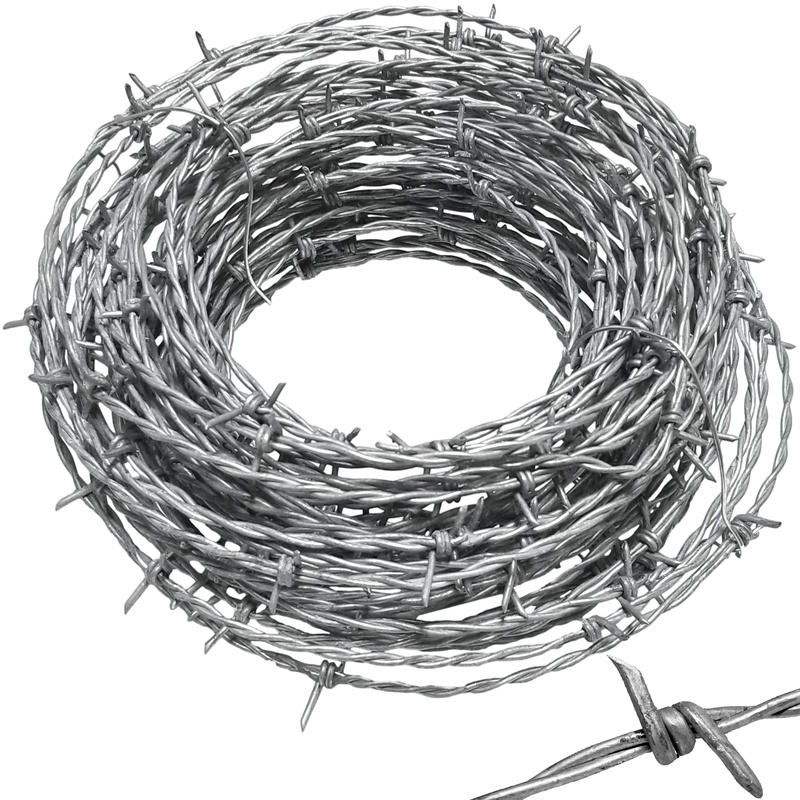

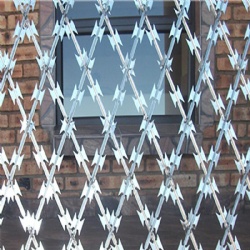
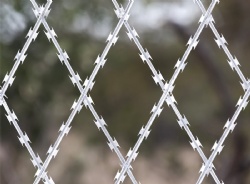
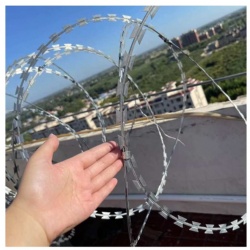
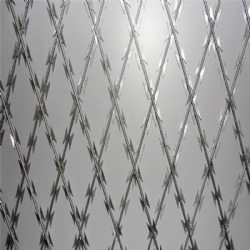
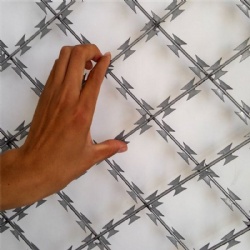
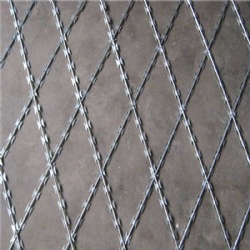



 WhatsApp
WhatsApp  Mail inquiry
Mail inquiry QQ online
QQ online
